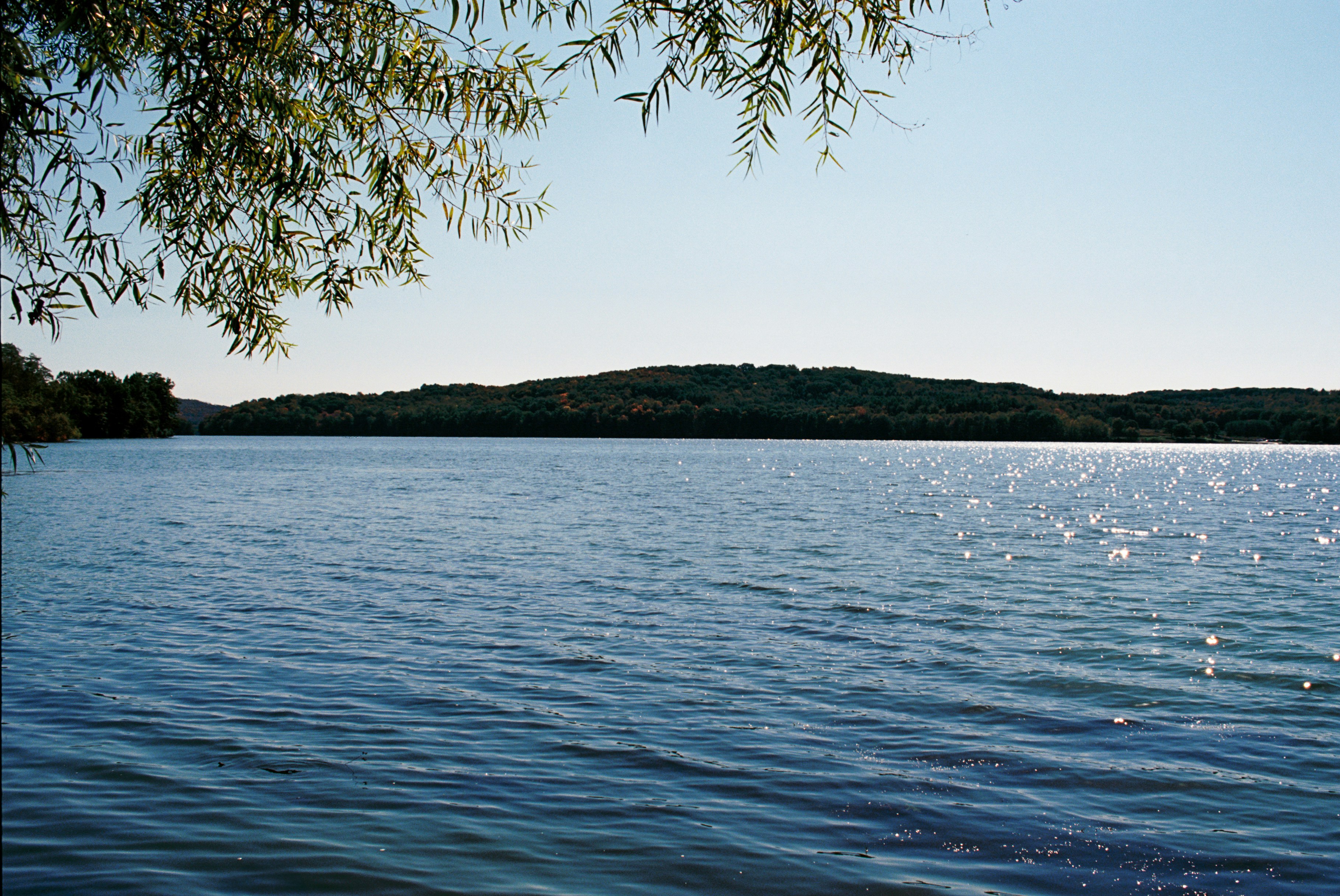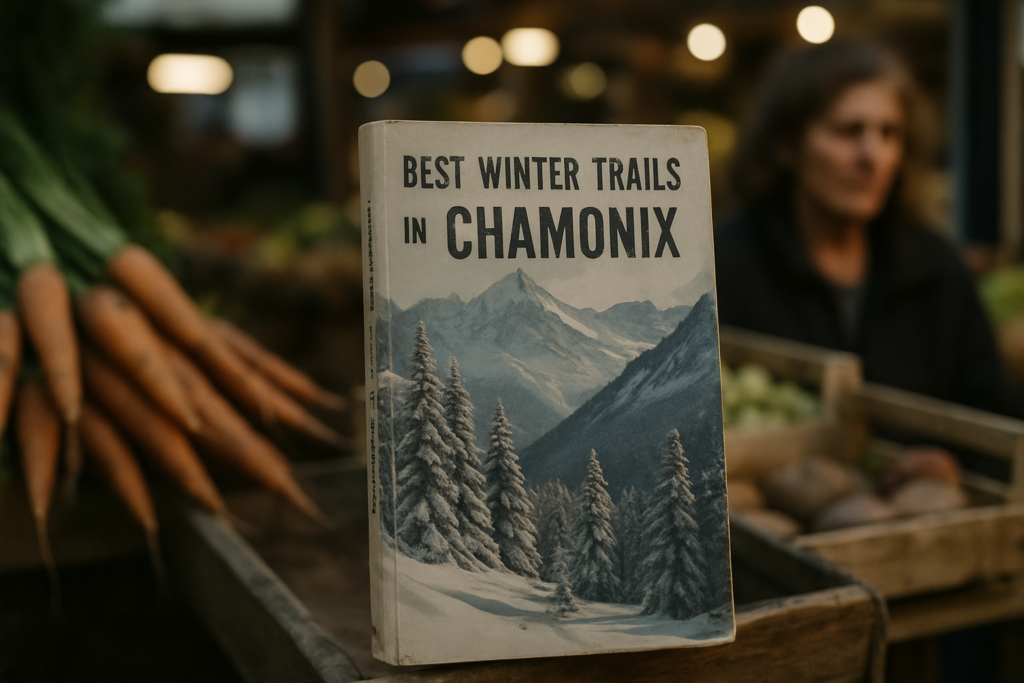Overview: Why Chamonix in Winter?
Chamonix in winter is something else. The valley transforms into a clean, white canvas framed by jagged granite peaks and evergreens thick with snow. There’s a stillness that hums just below the surface, broken only by the crunch of boots or the occasional rush of an avalanche in the far-off distance. It’s raw. Quiet. Almost surreal.
At the same time, Chamonix isn’t just about peaceful landscapes. There’s grit in its bones. You feel it walking through town—ice axes clipped to backpacks, tired smiles on faces returning from alpine missions. The valley brings balance: serene views for slow mornings, technical terrain for serious hikes, and enough altitude to remind you you’re not on a Sunday stroll.
This makes Chamonix an ideal launchpad for winter adventure. Whether you’re into snowshoeing, mountaineering, or just hiking trails flanked by glaciers and silence, you’re covered. It’s not polished or posh—it’s real. And that’s exactly what makes it powerful.
Grand Balcon Nord Trail
This stretch from Plan de l’Aiguille to Montenvers is a winter gem. The trail cuts across the northern side of the Chamonix valley, offering constant, sweeping views of the Mer de Glace—France’s largest glacier—while Mont Blanc looms stoically in the background. It’s snowshoe-ready but not overly technical, making it great for fit hikers who enjoy a side of drama with their altitude.
The route itself follows a fairly even contour with moderate elevation change, so you can focus more on the views than gasping for air. Along the way, you’ll pass quiet belts of alpine forest, stretches of open snowfield, and that unreal ice-blue shimmer from the glacier below. On a clear day, the vistas hit hard: jagged peaks, endless white, total silence.
Recommended gear: snowshoes or microspikes depending on the depth and conditions, hiking poles for balance, and layered clothing—temperatures vary fast with altitude and wind. Most importantly, check the avalanche risk before setting out. This area is generally safe, but things can shift quickly up here. Always let someone know your plan.
This isn’t your average winter walk—it’s a route that makes you feel small and lucky, all in one go.
Aiguilles Rouges Reserve Trails
Tucked opposite the Mont Blanc massif, the Aiguilles Rouges Reserve offers some of the valley’s most under-the-radar winter hiking. These trails don’t draw the same foot traffic as the headline routes, which means more stillness, fewer crowds, and better chances to catch wildlife in its natural rhythm. If you’re into birdwatching or photography, this is prime ground—think black grouse prints in the snow, sun catching frost on pine needles, and the occasional ibex silhouette against a cloudless sky.
The best place to start is from the Flégère cable car. From there, several paths fan out, offering options that balance access with wildness. Most are manageable for intermediate hikers with solid winter gear and basic trail awareness. These aren’t blow-out climbs; instead, think rolling forest terrain, lookout points, and sudden clearings that frame the Alps in cinematic style.
What makes this area stand out in winter is the contrast—between the sharp silence of frozen woods and the occasional warmth of sunlit meadows, between micro-detail and big mountain drama. If you’re after variety, solitude, and something a little off the beaten path, Aiguilles Rouges is where you want your boots.
Les Gaillands to Lac des Gaillands

Not every winter hike has to be uphill and intense. The trail from Les Gaillands to Lac des Gaillands is about as laid-back as it gets—flat, quiet, and scenic from start to finish. It’s the kind of path where you can walk without worrying about gear or gradients, just layers and good boots.
Perfect for families, casual hikers, or anyone just looking to stretch their legs and breathe in alpine air, this route feels more like a stroll than a trek. The lake, usually frozen over in winter, reflects the nearby peaks like blown glass—stark, still, and mesmerizing. Even better, the trail winds past a few small hamlets that look like they were pulled from a storybook.
This one doesn’t push your limits, but that’s the point. It lets you slow down, look around, and actually absorb the wonder of winter in Chamonix. For those new to winter hiking or just craving something low-key, it’s a simple win.
Argentière Glacier Trail
For the Experienced Winter Hiker
The Argentière Glacier Trail is not for the faint-hearted, but for seasoned winter hikers, it offers one of the most rewarding experiences in the Chamonix valley. This challenging route combines physical effort with unforgettable alpine landscapes.
Trailhead: Begins in the picturesque village of Argentière
Destination: Climbs steadily toward the edge of the Argentière Glacier
Difficulty: High — Steep sections and variable snow conditions
What Makes It Worth It
The solitude of this route lets you truly connect with the natural alpine surroundings
As you ascend, the air becomes noticeably crisper, and the sound of civilization fades away
Sweeping views of ice fields and snow-covered ridges give the feeling of being worlds away
Safety and Preparation
Winter hiking in glacier zones demands careful planning and respect for fast-changing conditions:
Check avalanche forecasts before heading out — they can shift quickly with snowfall and temperature changes
Bring crampons, trekking poles, and a properly insulated backpack
Always inform someone of your route and expected return time
Consider hiring a local guide if you’re unfamiliar with the terrain
This trail is a test of endurance and awareness—but the silence, the views, and the raw mountain energy make it well worth the effort. It’s a trail that leaves you with not just photos, but a deeply felt memory of winter in the Alps.
Mont Blanc Panoramas from Le Signal Forbes
For winter hikers craving a killer payoff without an extreme grind, the climb from Montenvers to Le Signal Forbes hits the sweet spot. It’s a moderate ascent, steady and manageable, with views that absolutely level up as you gain elevation. At the top, you’re treated to a panoramic sweep over the Mer de Glace and straight to the mighty Mont Blanc — a sight that stops most people in their tracks.
The real bonus? This route stays quiet, even when the rest of the valley is buzzing. You won’t be elbowing your way past tour groups. Just snow underfoot, crisp air, and plenty of space to think. Hike it early, when the light’s soft and the wind is still, and you’ll feel like you scored your own private alpine theater.
Make a full day of it by linking nearby lookout points or looping back via alternate trails. To level up your winter in Chamonix with more hidden gems, check out Mont Blanc Adventures.
Beyond the Trails: Chamonix’s Soul in Winter
Winding through the snow-covered streets of Chamonix in winter, you’ll find that the charm goes well beyond what’s visible on a trail map. The village hums with warm, easy hospitality—quiet cafés offering thick hot chocolate, snug chalets with sloped roofs under heavy snow, and a pace that feels less rushed than you’d expect in a global ski destination. Locals still greet you on the street. After a long hike, conversations tend to slow down, and that’s the beauty of it.
History hangs in the cold mountain air too. Chamonix has evolved from a modest alpine hamlet into an international hub for adventurers. But it hasn’t lost its old-world spine. Walk past the 18th-century churches, traditional farmhouses, or names on weathered wooden signs—each one has a backstory that predates the ski lift boom.
Curious how this transformation played out? Dive deeper into the town’s roots and rise with Chamonix History.
Final Thoughts
Chamonix isn’t just for downhill junkies. Away from the lifts and ski crowds, a quieter kind of magic unfolds. The valley’s winter trails offer something skiing can’t—long silences, untouched snow, and a more personal connection to the mountains. Whether you’re walking through frozen forests or standing still under a sky full of alpine peaks, the experience is stripped back, grounding, and all yours.
But nature doesn’t play nice if you’re unprepared. Choose trails that match your skill level. Know the weather forecast. Carry gear that works. Respect the mountain, and it’ll reward you with its raw, winter beauty.
So, lace up. Step outside the resort bubble. Let the snow lead the way.

 Charleson Youngoron
Is the visionary founder of Winder Sportisa, a company dedicated to excellence in the sports industry. With a passion for both sports and business, Charleson has combined his extensive knowledge and experience to create a dynamic organization that prioritizes community, integrity, and innovation. Under his leadership, Winder Sportisa has grown into a respected name, known for its commitment to creating an inclusive and supportive environment. Charleson's dedication to these core values has been instrumental in shaping the company's culture and guiding its success. His forward-thinking approach and unwavering commitment to quality continue to drive Winder Sportisa to new heights.
Charleson Youngoron
Is the visionary founder of Winder Sportisa, a company dedicated to excellence in the sports industry. With a passion for both sports and business, Charleson has combined his extensive knowledge and experience to create a dynamic organization that prioritizes community, integrity, and innovation. Under his leadership, Winder Sportisa has grown into a respected name, known for its commitment to creating an inclusive and supportive environment. Charleson's dedication to these core values has been instrumental in shaping the company's culture and guiding its success. His forward-thinking approach and unwavering commitment to quality continue to drive Winder Sportisa to new heights.
